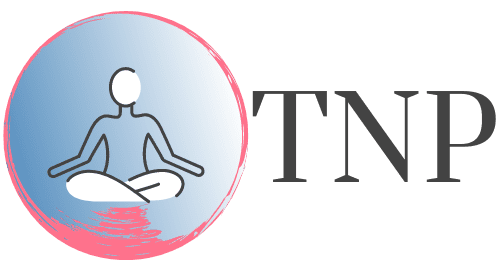Addressing the Post-2020 Surge in Absenteeism: The Impact of Somatic Practices and Wellness Initiatives
- February 11, 2024
- Posted by: Danielle Brunson
- Category: Workplace

The world of Human Resources has been facing unprecedented challenges since 2020, notably the alarming increase in absenteeism and preabsenteeism among employees.
The Rise of Preabsenteeism and Absenteeism:
The years following 2020 have witnessed an escalation in mental health issues among adults in the United States. Symptoms of anxiety and depression skyrocketed from 11% to approximately 40% in adults from 2019 to 2020 alone (Reinert et al., 2022). Moreover, an astonishing 37% reported thoughts of suicide or self-harm on a frequent basis. In 2023, 21% of all adults in the U.S. reported having a mental illness.
The Workplace Impact:
These mental health challenges have left an indelible mark on the workplace. Before the pandemic, 76% of workers experienced burnout at some point, with 28% feeling burned out “very often” or “always” at work. Employees struggling with burnout are 63% more likely to take a sick day and 23% more likely to visit the ER.
Costly Consequences:
Employee burnout is not just a personal struggle; it significantly affects business outcomes. Turnover, often driven by burnout, is costly for companies, with replacement costs ranging from $25,000 to $100,000 per employee. The overall cost of corporate burnout, including lost productivity, reaches a staggering $1.8 trillion in the U.S. alone.
Addressing the Challenge:
The baseline rate of absenteeism and presenteeism is relatively low among healthy workers. However, mental health conditions, particularly depression, contribute to increased absenteeism and presenteeism. Benefit programs can influence absenteeism rates and impact the duration of absences.
The Role of Employee Wellness:
Here’s where employee wellness programs come into play. They can lead to increased productivity, improved focus, and efficiency. By promoting physical and mental well-being, these initiatives reduce absenteeism and contribute to healthier, more engaged employees.
Promoting Positive Workplace Culture:
Wellness programs also foster a positive workplace culture, which enhances employee morale and engagement. Supporting mental health through wellness initiatives involves providing resources, promoting work-life balance, fostering open dialogue, and offering flexible schedules.
The Path Forward:
HR professionals must consider the growing importance of wellness programs in the modern workplace. A survey revealed that 72% of employers saw a reduction in healthcare costs after implementing wellness programs. In 2023, organizations are expected to invest heavily in mental health, financial wellness, stress management, and mindfulness and meditation programs.
In an era marked by heightened absenteeism and preabsenteeism, HR professionals have a vital role in prioritizing employee well-being. Somatic practices and wellness initiatives offer a path toward addressing these challenges. As the workplace continues to evolve, embracing these practices can not only improve employee morale and engagement but also drive organizational success. By recognizing the importance of these initiatives, HR professionals can navigate the changing landscape and create a healthier, more resilient workforce.
Learn more about how TNP supports HR professionals with implementing wellness initiatives by scheduling a time to meet with our team.
